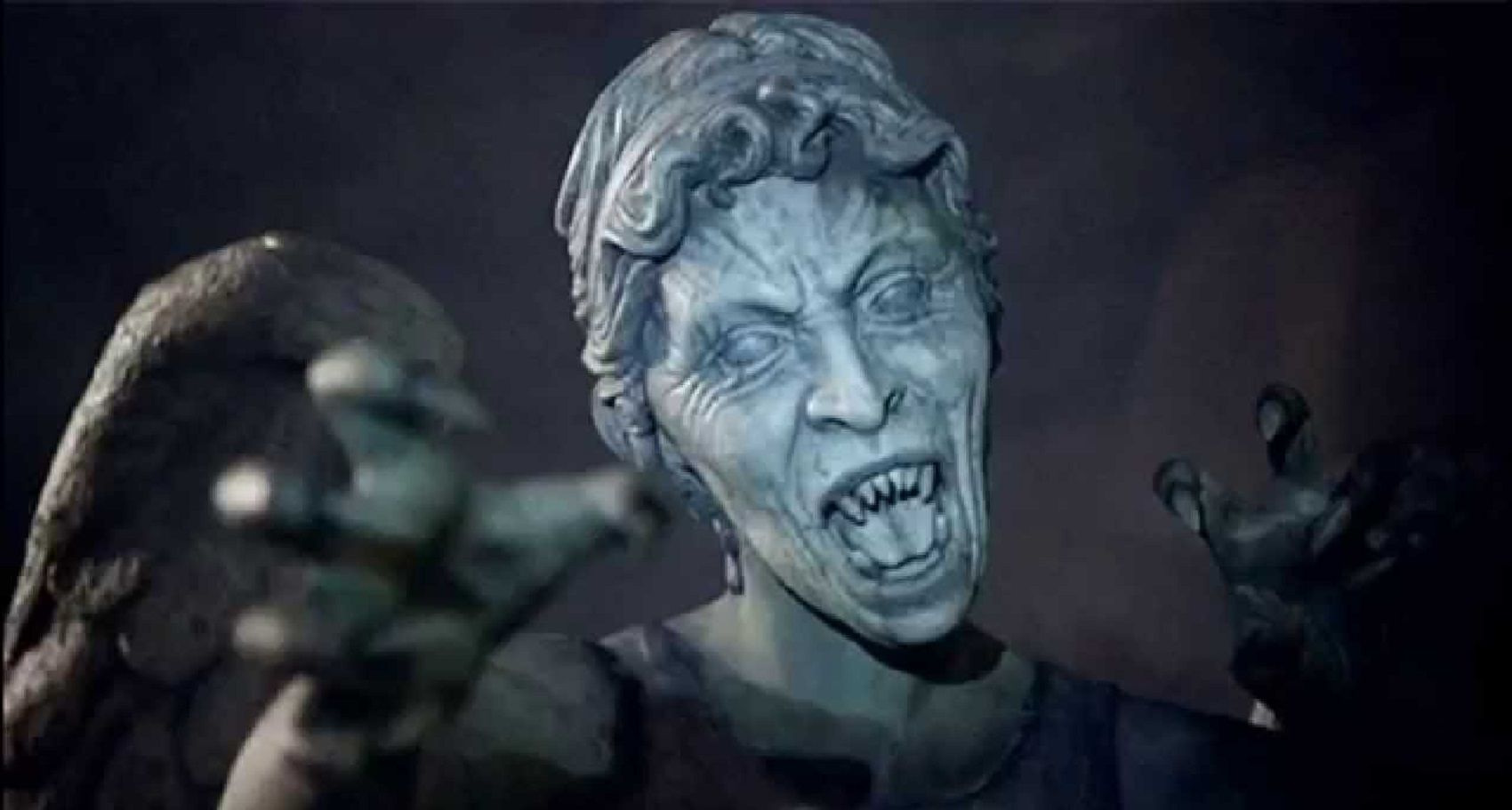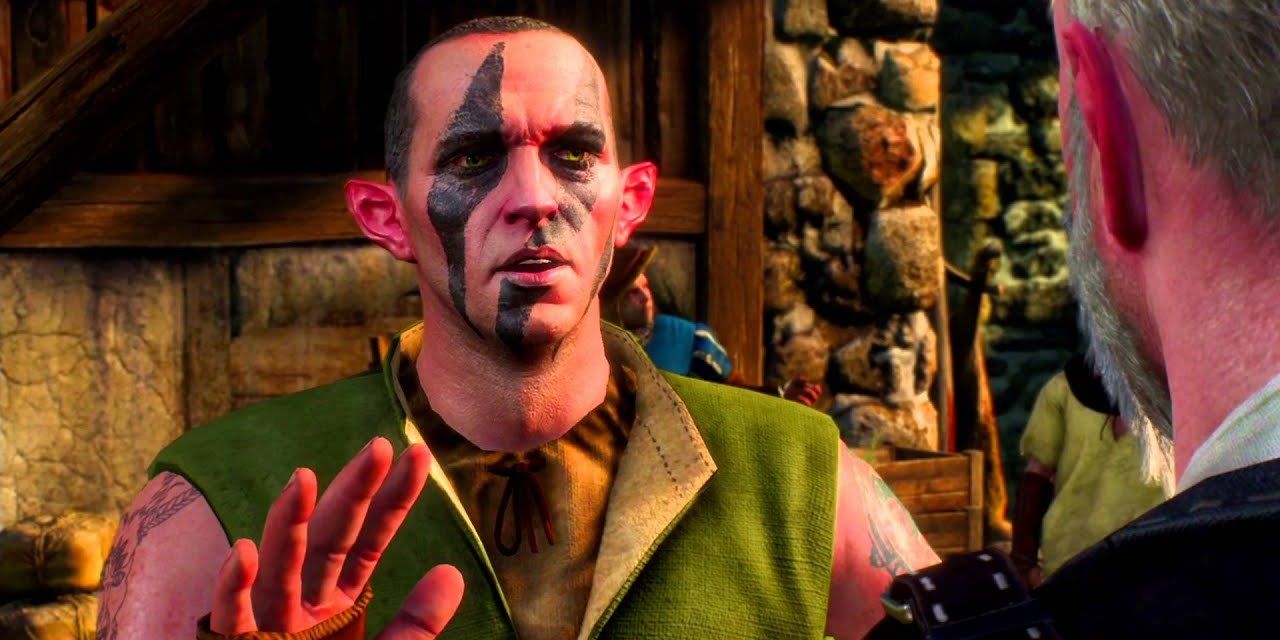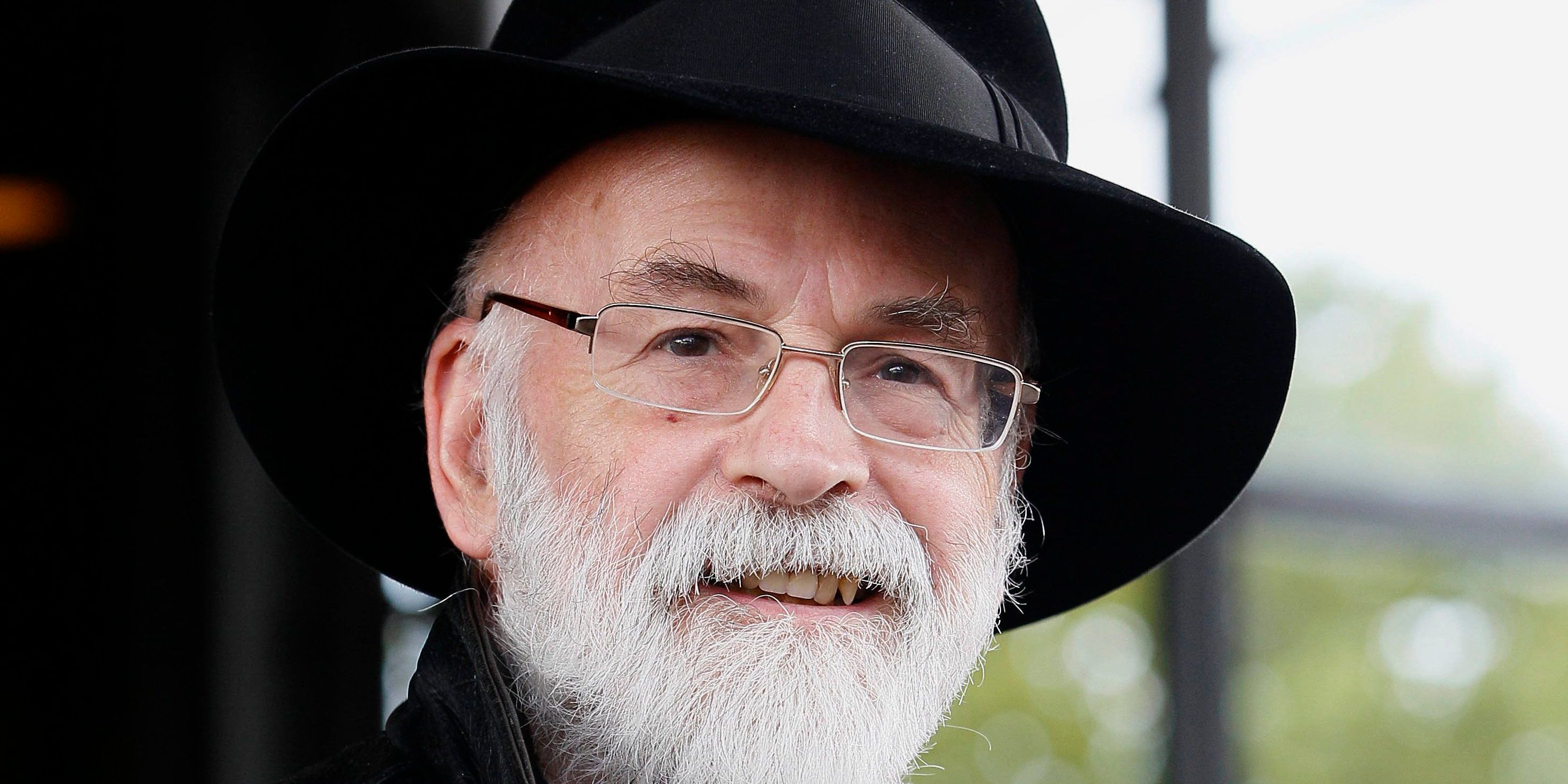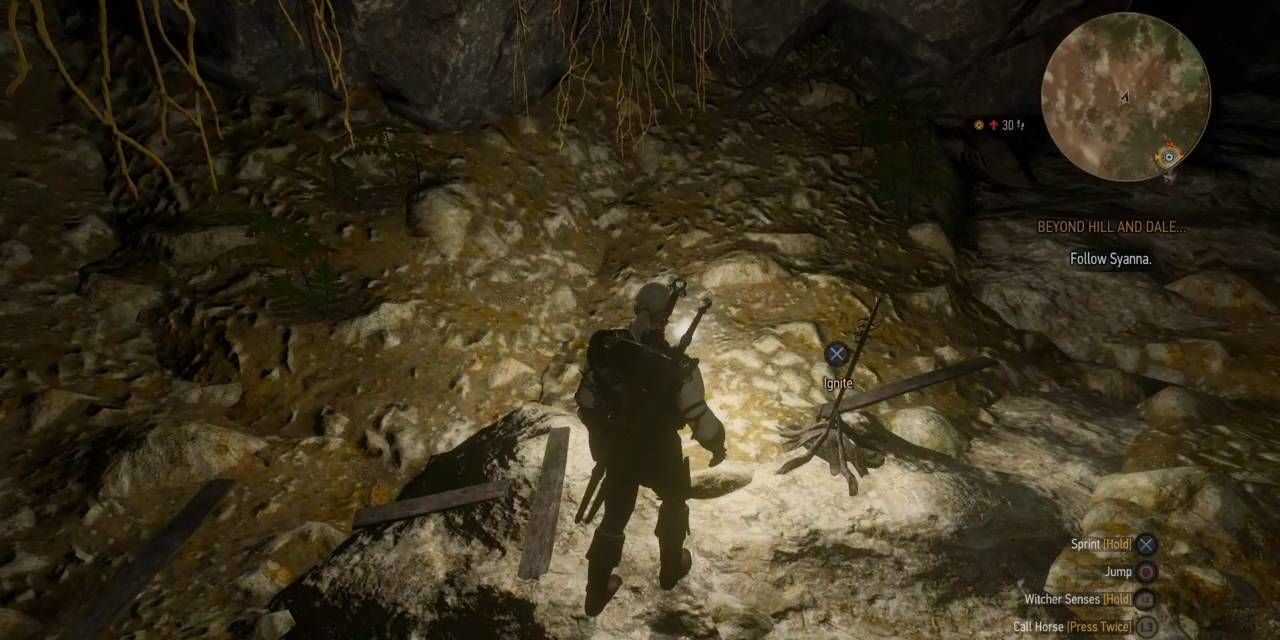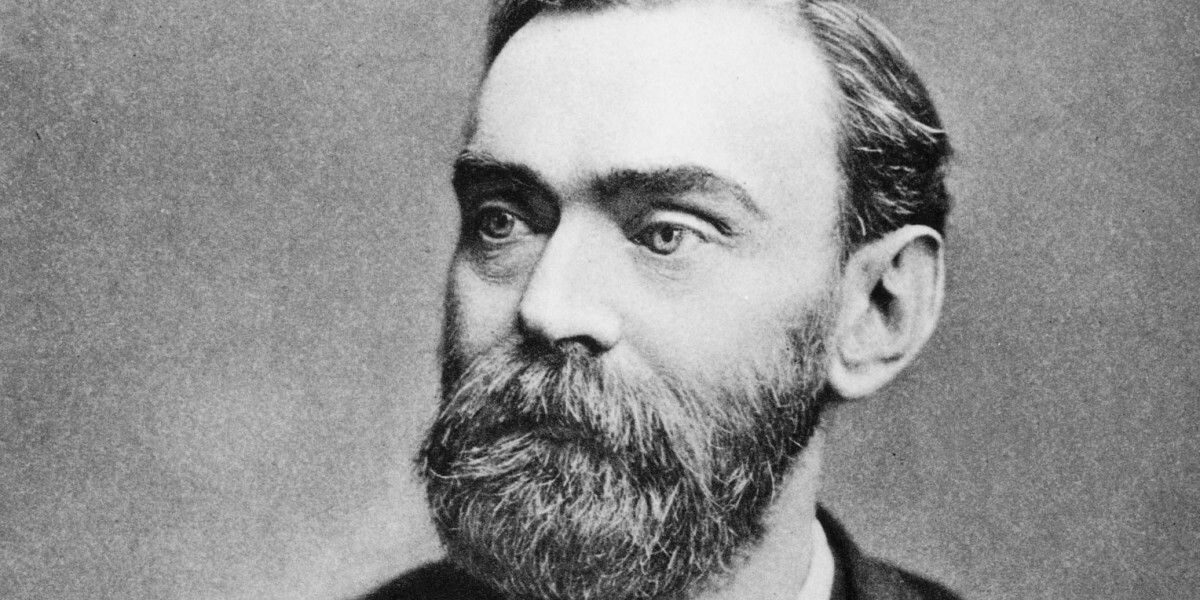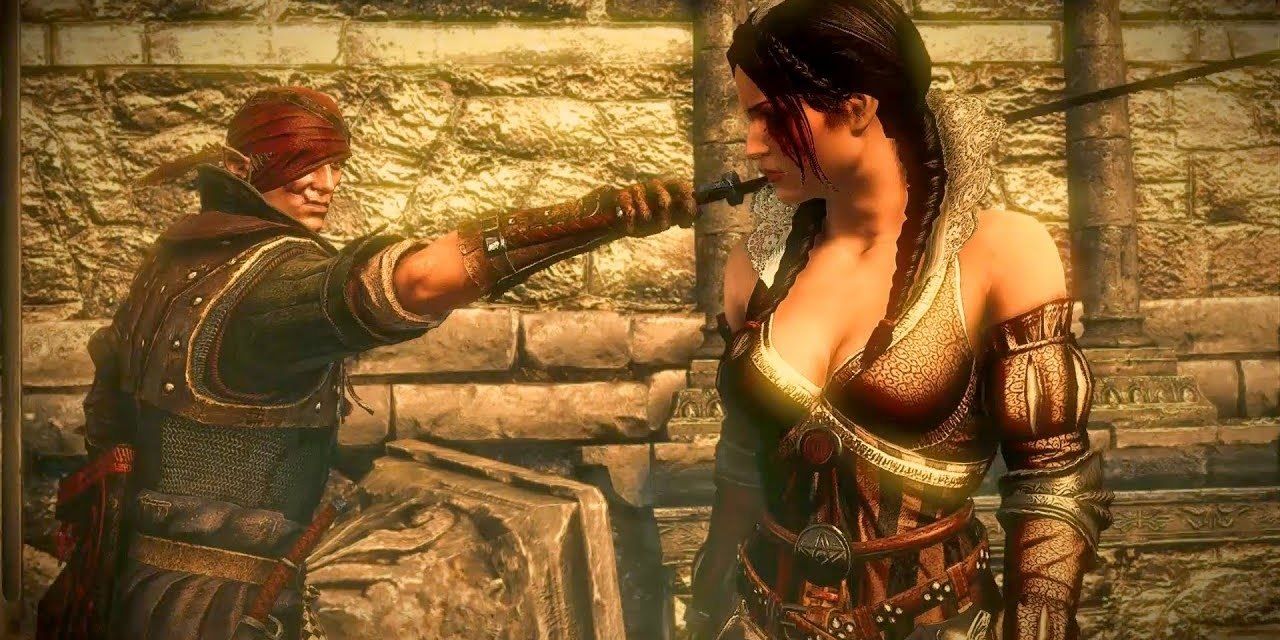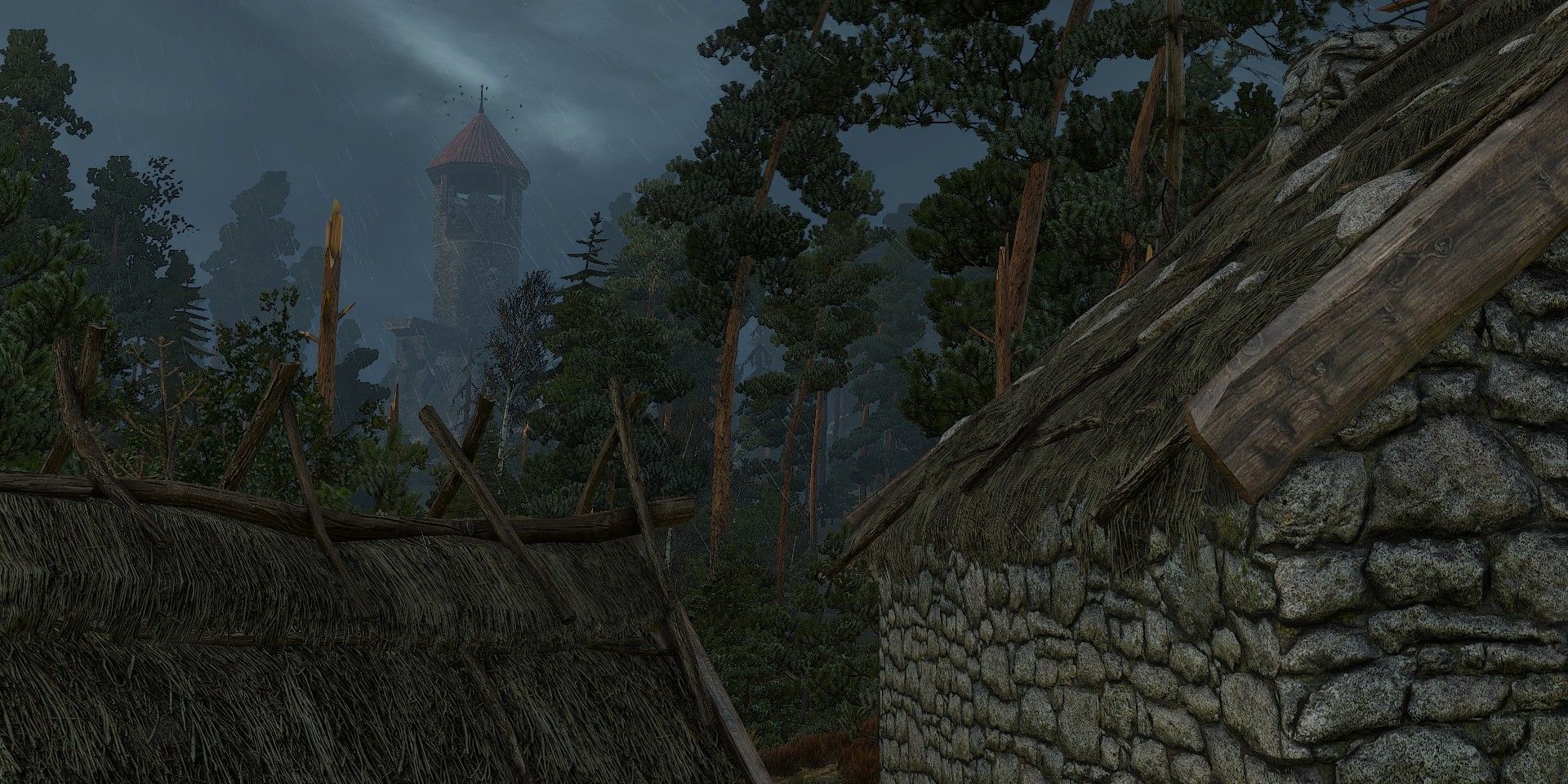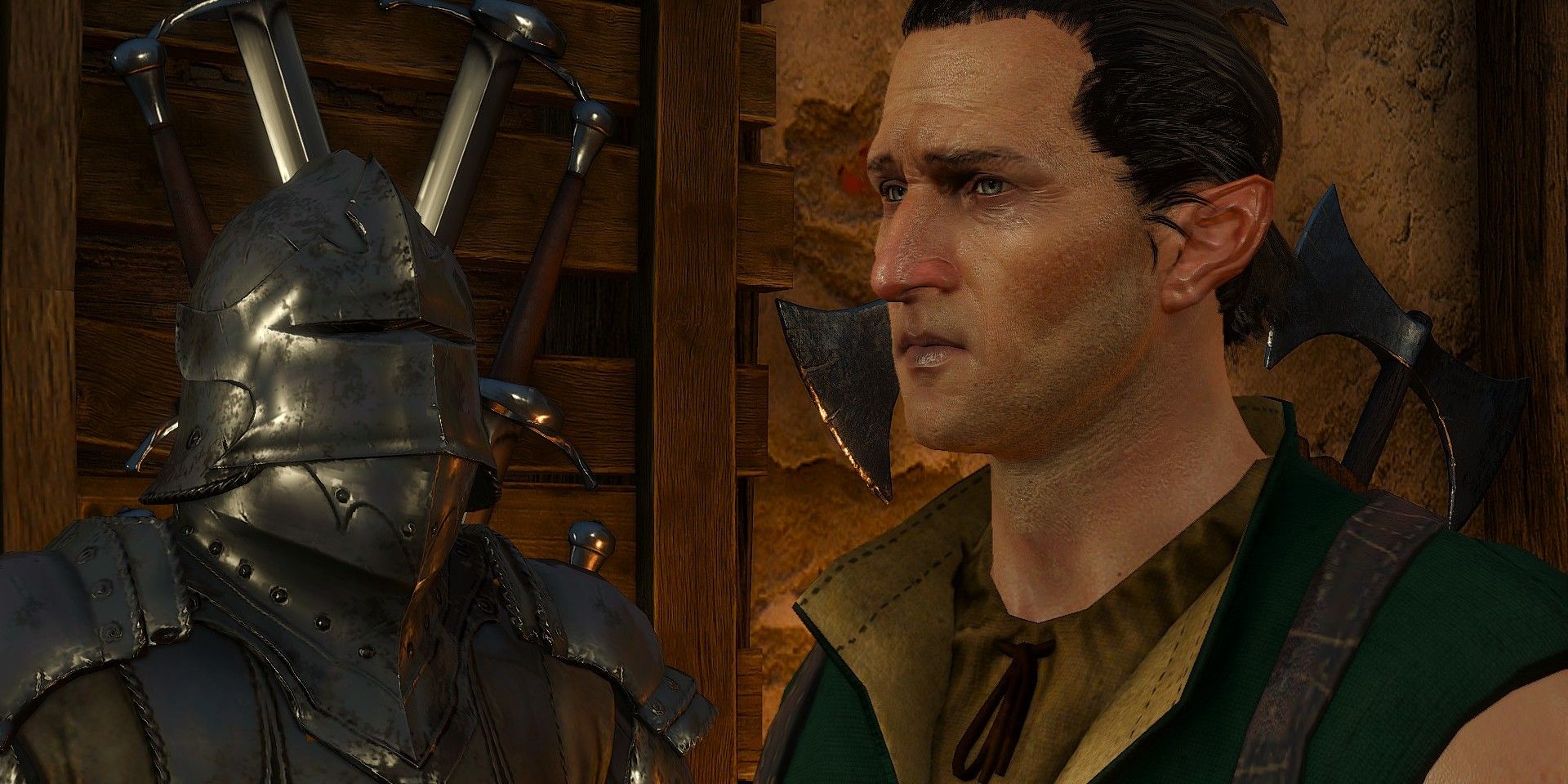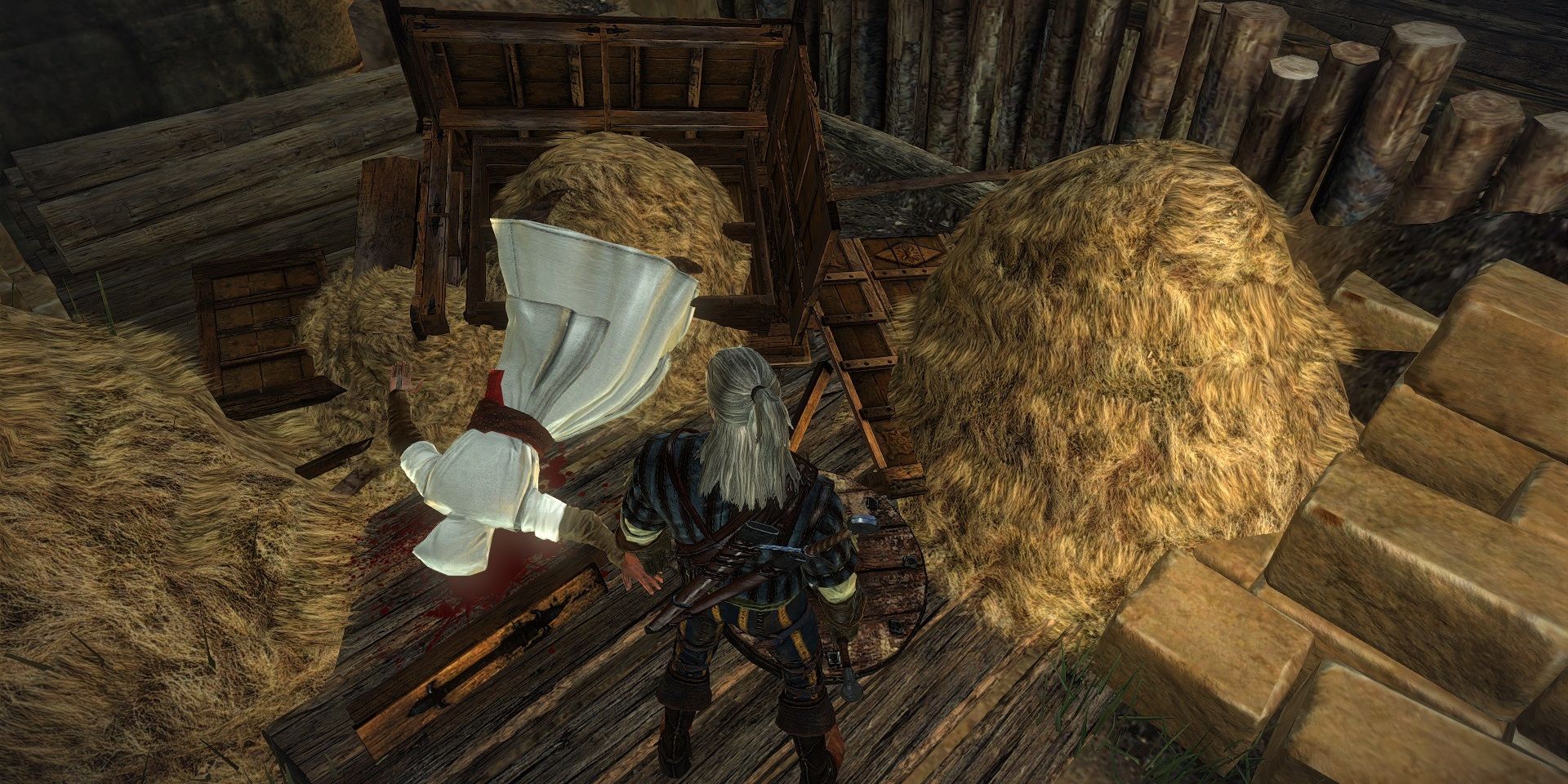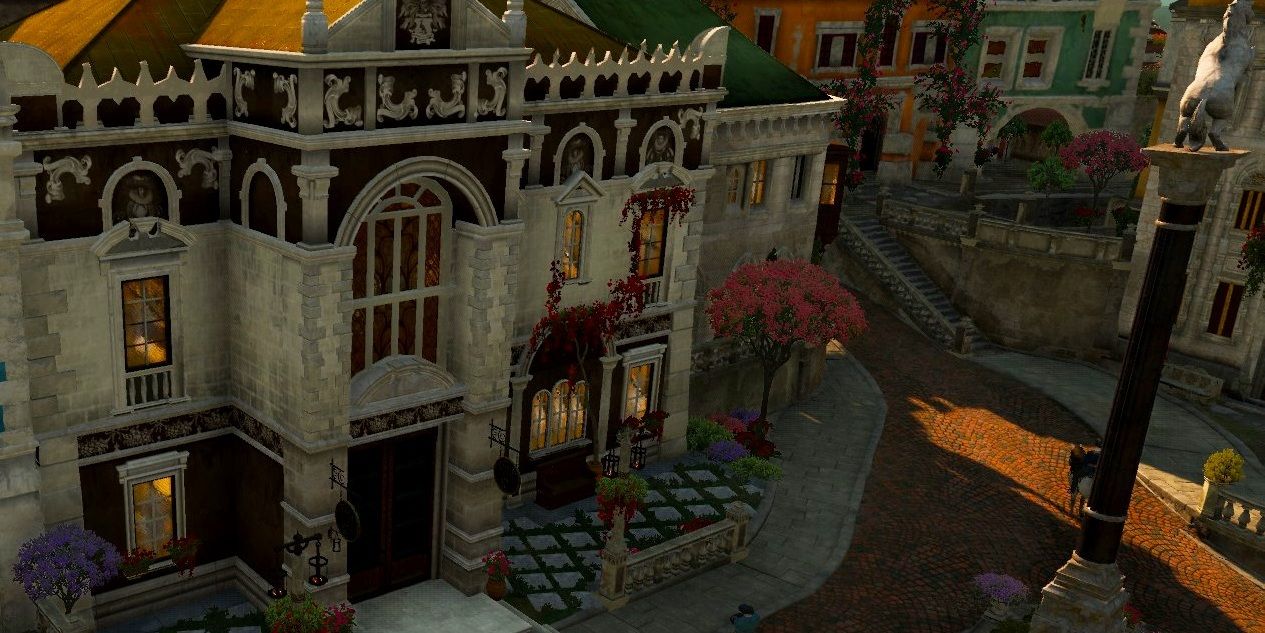With three major titles in its series, The Witcher games developed by CD Projekt Red have been around since way back in 2007 when the first game released. Over the years, they've grown quite the following, and are some of the best and most popular RPGs from the past couple decades. Part of the reason for their success is the attention to detail that is put into each of the games.
Details are exactly what we're examining today, as we take a look at some of the Easter eggs that have been tucked away throughout the Witcher series. These hidden references encompass everything from a sly joke to a character's unusual name to entire quests for the Witcher Geralt to embark upon. Without any further ado, here are 10 Easter eggs in The Witcher series that you may have missed.
10 Durden The Tailor
One of the many side quests players can engage in through The Witcher 3 is a series of fistfights throughout the world. These encounters aren't particularly difficult as they just require a bit of timing and then mashing the attack button, but it can be satisfying to work your way up to being the best brawler in the land.
Given that these quests form a sort of fight club, it would be strange if they didn't somehow reference . . . well, Fight Club. One of the combatants you face off against (and promptly pummel into oblivion) is named Durden the Tailor, and he's a very angry fellow. This is a clear parallel to the character of Tyler Durden from the film, paying homage to what may be the story about underground fighting.
9 Witcher Coën
Another quick reference to pop culture comes in the very first Witcher game. This one is not to film, but to literature, and draws a parallel to a character created by Terry Pratchett.
At one point in the game, players will be questioning a gardener, who mentions to them a Witcher named Coën, who "mumbled something about teeth and destiny" before dying. This is a reference to Pratchett's character Cohen the Barbarian (who is in turn a reference to Conan the Barbarian), who had a special set of dentures.
8 Rest At A Bonfire
The Witcher games don't just pay homage to film and literature, however - they also reference other games as well. This is particularly clear in our next Easter egg, which can be found in the Witcher 3 DLC, Blood and Wine.
In the Land of a Thousand Fables, a place accessed by choosing Syanna's path in the main game, you can encounter a giant. After defeating him, following a Will-o'the-Wisp will lead you to cave where a familiar bonfire with a sword in the center can be found. This is a clear reference to the bonfires of the Dark Souls series, and the sword itself can even be picked up and used.
7 Noble Nabel
This next reference on our list doesn't mention film, literature, or other games, but rather a real person. In the first game, the witcher Eskel mentions a gnome named Alfred Nabel, who was responsible for inventing the explosives behind the Grapeshot bomb. Nabel intended for it to be used in mining operations, and was driven to suicide when his invention was instead deployed in warfare.
This hearkens to the real world Alfred Nobel, the man who invented dynamite for similar reasons. When his creation was instead used in combat, Nobel founded the Nobel Prize to honor those who work for peace and advance humanity rather than destroy it.
6 Rings Of Power
There are numerous Lord of the Rings references throughout the Witcher series - so many that they deserve a list of their own. We'll just be focusing on one here, which cropped up in the second game.
Following Iorveth's path eventually leads Geralt, Iorveth, and sorceress Philippa Eilhart together, where they discuss a cure for the dragon Saskia's condition. Philippa states they need magical items, such as rings, to which Iorveth sarcastically quotes, "One ring to rule them all, and in the darkness bind them," and Geralt adds that it would likely lead to him dashing up a volcano barefoot.
5 The Tower Outta Nowheres
This next Easter egg is a quest from The Witcher 3 where Geralt investigates a mysterious tower that appeared out of nowhere. Inside, he finds a mage fighting against a Defensive Regulatory Magicon, which he needs Gottfried's Omni-opening Grimoire to disable.
The entire quest is a reference to DRM (Digital Right Management) practices in the gaming industry, and a criticism of how they often hinder the player experience. The solution the quest offers in a clear reference to the Good Old Games (GOG) platform, a service that offers DRM-free games.
4 Hattori The Blacksmith
Master craftsmen in The Witcher 3 are a vital resource, as they can help upgrade your armor and gear to their peak. The master swordsmith available in the game is an elf named Éibhear Hattori, who will craft incredible blades once you help him reestablish himself.
Hattori's skill should be evident from the moment you meet, as his surname is in reference to the Kill Bill films, in which the protagonist's sword was forged by a legendary blacksmith named Hattori Hanzō. This in turn is another reference to the famous Japanese ninja.
3 Poorly Judged Leap
Another reference to video games, this one comes early on in The Witcher 2. During the Prologue, Geralt can find a dead body near a large iron gate. The body is laying facedown in a pile of hay and is dressed in some specific white robes.
Avid gamers will be quick to recognize the unlucky corpse as an assassin from the Assassin's Creed series. It seems that in the world of the Witcher, a Leap of Faith into hay isn't nearly as survivable as it normally is, and this unfortunate assassin has paid the price.
2 Paperchase
In the Blood and Wine expansion, at one point, Geralt will learn that a small sum of money that he invested years ago has grown to a tidy amount. He need only claim his reward at Cianfanelli Bank, kicking off the Paperchase quest.
Unfortunately for Geralt, Paperchase is a reference to The Twelve Tasks of Asterix, an animated film in which one of the titular tasks sees its heroes ensnared in a maze of bureaucracy and paperwork, including the specific forms and files that Geralt needs to obtain.
1 Weeping Angels
For our final entry, we return to the main game of The Witcher 3, where a rather eerie Easter egg awaits. If you travel to Lindenvale, you can find a cemetery waiting nearby. At first, everything seems normal - gravestones, a mausoleum, some nice angel statues, typical graveyard trappings.
Entering the mausoleum and then leaving, however, causes the angel statues to move akin to the Weeping Angels from TV show Doctor Who. Geralt will even remark on this, although the stoic witcher is much less spooked than we are, merely stating that the statues are "Interesting."

